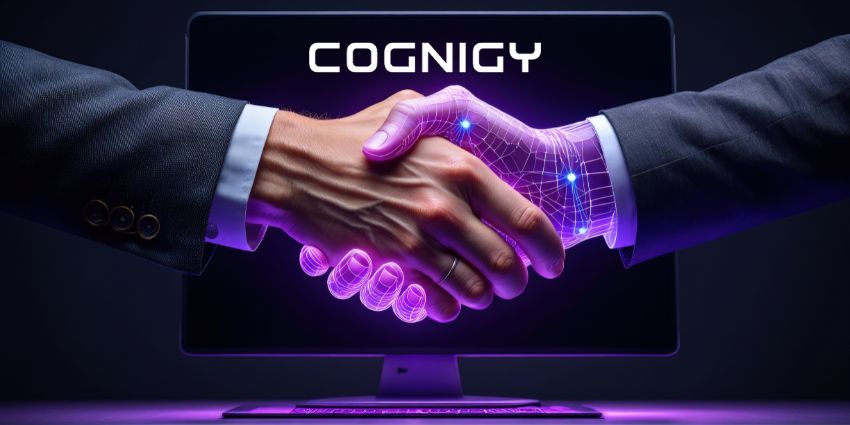“IVR systems are evolving from dumb menu systems into smart ‘voicebots’ capable of handling complex customer queries,” according to a thought-provoking McKinsey & Company article.
These ‘voicebots’ are often referred to as virtual agents and are becoming increasingly sophisticated. Harnessing the latest AI technologies, they route customers to the most appropriate agent, collect customer information, and offer self-service.
Modern IVR systems also offer similar capabilities but vary from virtual agents in several ways. The following definitions bring some of these differences to life.
What Is an IVR?
An IVR (Interactive Voice Response) is an automated telephony system that routes calls to the right agent and, in some cases, offers self-service capabilities to customers.
Many IVR systems still rely on touch-tone user inputs and nested menu structures. While many now also offer a speech input, most of these systems are limited to voice menus and directed dialogue.
Recently, natural language call steering apps have gained popularity, allowing callers to express the objective of their call in their own words. The spike in popularity of conversational systems may increase the popularity of these, yet many operations will likely choose to deploy a voicebot instead.
Typically, IVR systems greet customers with a succession of pre-recorded messages and options when they call. Any self-service activity is limited to the boundaries of pre-programmed logic. For many, virtual agents are the next step.
What Are Virtual Agents?
A virtual agent deployed on the voice channel – otherwise known as a “voicebot” – is a computer program that utilizes natural language understanding (NLU), natural language processing (NLP), and robotic process automatic (RPA) to comprehend customer intent and trigger actions. These may lead the customer to a call queue, self-service flow, or trigger a proactive alert that solves a query.
Organizations frequently utilize virtual agents in their customer service functions to resolve routine queries and automate simple parts of a conversation for human agents. However, harnessing these bots across the voice channel is less common.
Thanks to improvements in AI, this is changing. Indeed, many leading CCaaS vendors allow companies to redeploy popular chatbots on the voice channel. Synced with a bot that understands customer intent from listening to their call reason and routes the customer, such a network of virtual agents enables customers to resolve queries – through a smart speaker – without lifting a finger.
3 Distinctions Between IVR and Virtual Agents
While IVRs and virtual agents can appear similar, differences lie in their programming. Here are three examples of such distinctions.
- The virtual assistant self-learns through embedded machine learning, enabling it to offer enhanced self-service and routing capabilities without reprogramming.
- Virtual agents often offer voice biometrics, validating the caller before reaching an agent. With such a system, they can automate more queries through self-service and eliminate the risk of exposing human agents to fraudulent calls.
- Virtual agents can offer more sophisticated routing algorithms through embedded speech analytics. For example, it may pick up signs of customer frustration and automatically route the call to an agent who can smooth things over.
Uncover more of the benefits of implementing a virtual agent for the voice channel by reading our article: The Future of Voicebots: Much More Than an IVR Alternative







